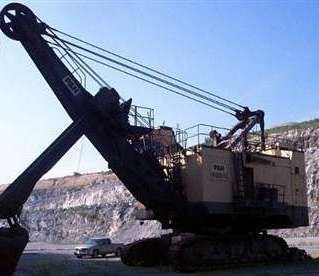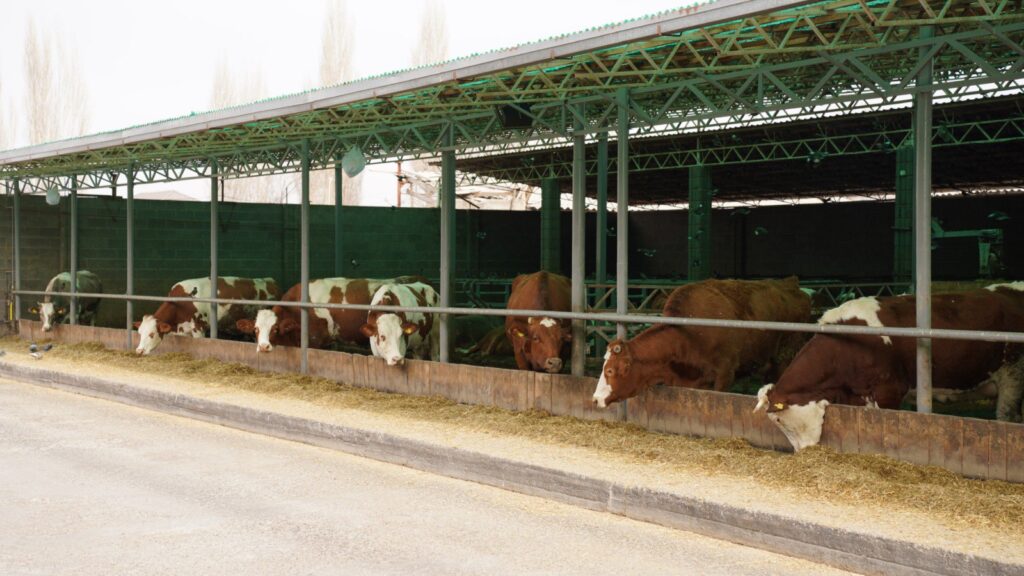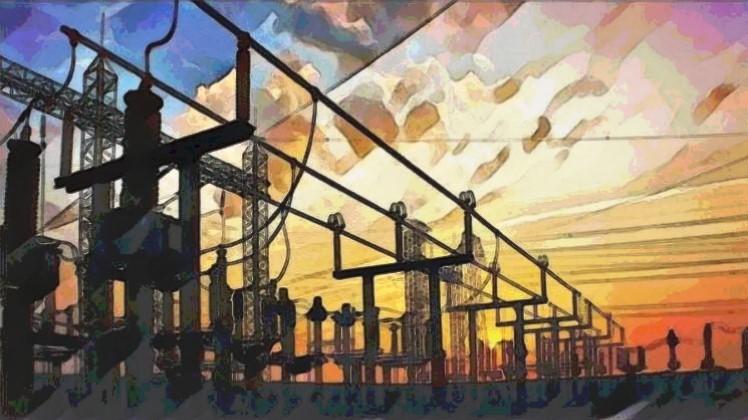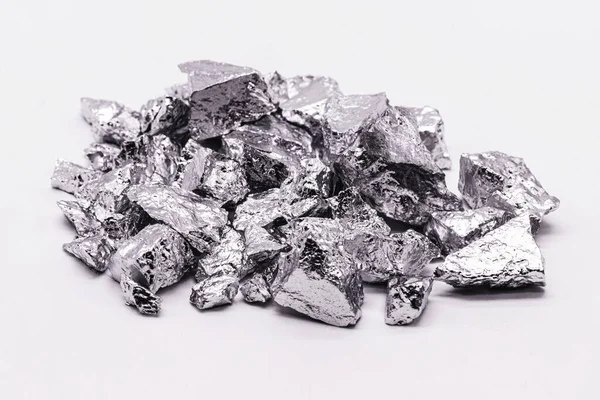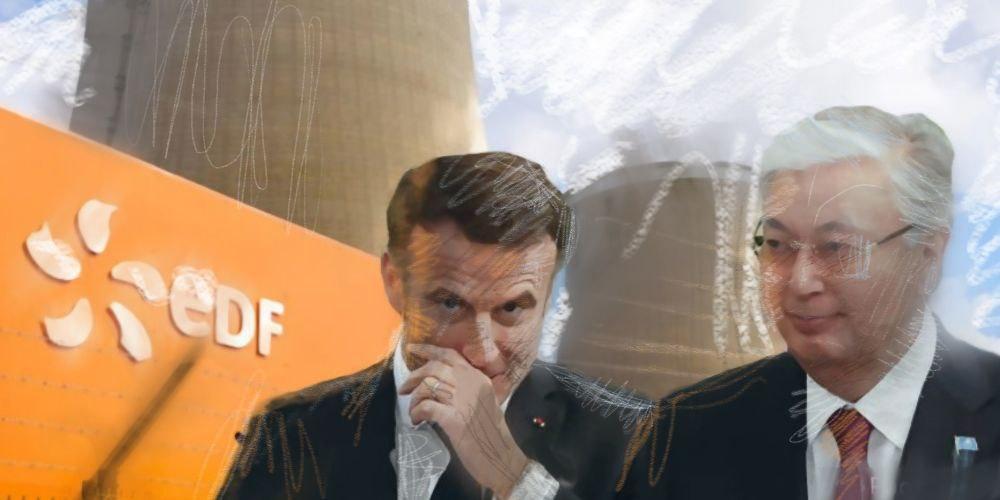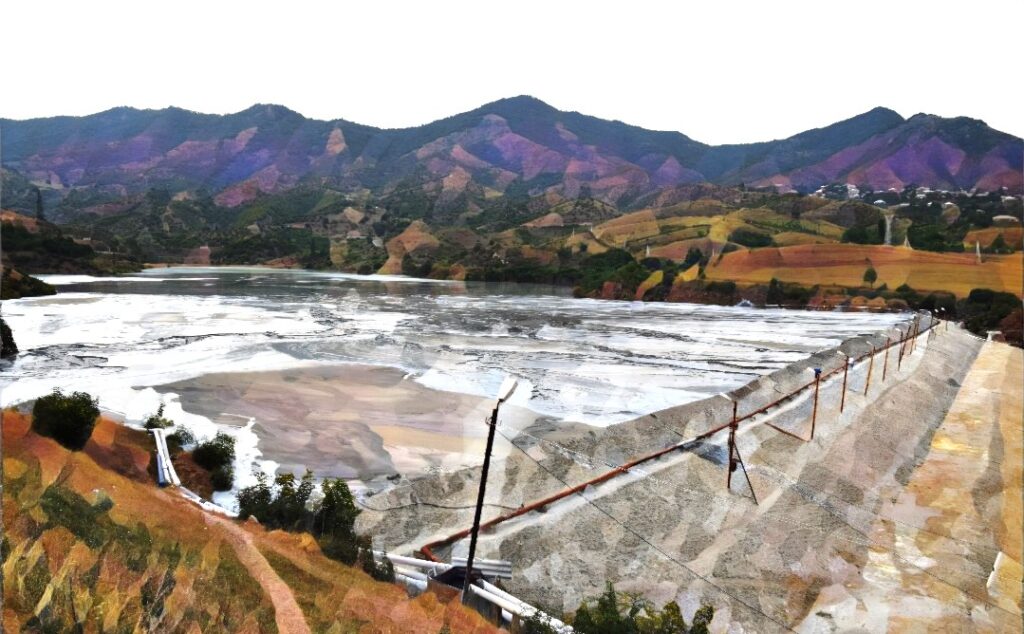ALMATY (TCA) — With income on oil sales down to a fraction of what they used to be until just two years ago, Kazakhstan seems desperate to fill the gap with increased income on other commodities it has in great quantities. This seems to be leading to a fresh wave of “resource nationalism” as the tendency to re-nationalise upstream assets is dubbed by western industrialists. In Kazakhstan, it was oil, in Kyrgyzstan gold – and now uranium is waiting for its turn. True: “commitments” have not been kept – but by whom?
Alarming news appeared in the global media following a recent meeting between Kazakhstan President Nursultan Nazarbayev and the head of Kazatomprom, Kazakhstan’s nuclear industry octopus, Askar Zhumagaliyev. The meeting was followed by a statement posted on the presidential office’s website, “Some joint venture partners of the state nuclear firm Kazatomprom are not meeting their obligations,” the President was quoted as saying. “In this regard, it is necessary to either ensure that they (partners) meet their obligations or look into reclaiming those assets in the interests of our state.”
Expertise and cash
In some ways, Kazakhstan’s uranium industry resembles its oil industry where immediate and subsequent post-Soviet developments are concerned. With the break-up of the Soviet Union, Kazakhstan won its independence but due to that it lacked (at least) two elementary things: expertise and cash. Both available at multinational corporations with deals clinched at high speed, based on the principle of so-called production sharing.
When the uranium mining industry followed pace over the turn of the century, the first cracks in the oil deals were already occurring. At stake was foreign partners’ privilege only to start sharing production and the income on it after investments had been earned back in full. There was no cap on that, nor was there any time limit in development and expenditure on it from the foreign partners’ side.
Under the eyeglass
Similar “irritations” about foreign mining partners’ “arrogance and greed” have risen in Uzbekistan and Kyrgyzstan, where gold was and still is the main stake. While Oxus Gold, after long years of disputes in both countries, has recently thrown the towel in the ring, a stalemate prevails between Canada’s Centerra Gold and the Kyrgyz government concerning an ownership swap that was agreed few years ago and was subsequently rejected by the Kyrgyz Government. The matter is still pending and the Kumtor mine produces on temporary permission granted by the Kyrgyz government.
Back in Kazakhstan, rather than oil, now uranium finds itself under the eyeglass. “The government didn’t elaborate as to which of these project holders are not pulling their weight,” Oilprice.com wrote in a comment following the announcement. “But the warning suggests all of these companies could see their ventures come under scrutiny, if they are seen to be advancing too slowly.”
Final half-product
By 2009, Kazakhstan had raised its uranium output, which had tumbled to a mere 10 per cent from Soviet levels after the break-up of the USSR, sufficiently to become the world’s leading uranium producer, with almost 28 per cent of global production, then 33 per cent in 2010, and 41 per cent in 2014. Through 2015, Kazakhstan produced 23,800 tonnes – a record-high but apparently not enough in the eyes of the government.
Though uranium occurs and is being mined a bit everywhere in Kazakhstan, the core mining area is in the central-south, in and around the basins of the rivers Chuy, Sarysu and Syr-Darya. All mines are exploited using the in situ leach (ISL) mining method, by “sucking up” ground water in which uranium has been isolated from the sand and sandstone layers in which it occurs. Through series of wells, a mining solution containing an oxidant (sulphuric acid) is circulated through the orebody to dissolve the uranium, Canadian operator Cameco explains in its documentation. Two factors have marred the development of profit-sublimation in Kazakhstan’s uranium sector: a chronic shortage of sulphuric acid (though sulphur as waste of metal mining and oil production is present in huge quantities elsewhere in the country), and a lack of processing facilities ready to turn yellowcake in atomic fuel ready to be used in power plants.
Figures tell it all
In June 2008 Cameco, which is operating most of the Inkai blocks in the north of the Chuy-Sarysu uranium province, and Kazatomprom announced the formation of a new company – Ulba Conversion LLP – to build a conversion plant with an output capacity of 12,000 tonne of uranium hexafluoride at the Ulba Metallurgical Plant (UMZ) in Ust-Kamenogorsk in the northeast of Kazakhstan. Following a number of “studies”, though, it became known that the entire project was put on hold. Same fate to a memorandum between Areva and Kazatomprom, signed to increase production at the fields of Moinkum and Tortkuduk, both located in the east of the Chuy-Sarysu area. Similar schemes were convened with Russian, Chinese, Japanese and South-Korean partners. None of them have become reality to date.
The question now on the table is: who is to blame? With sales prices on spot markets for yellowcake in the upper range towards 100 Sterling a pound early in the current decade, nobody really had to bother. On March 18 this year, the price closed at 2975 pence, down from 4015p a year earlier, according to data provided by the Financial Times. Figures tell it all; words don’t come easy…
